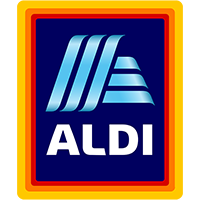
|
Technologies
Custom software development services that are tailored to meet unique business requirements.
Artificial Intelligence (AI/ML) BigData DecisionTree Custom Software Web App Mobile App Custom API development API integrations Blockchain Cloud Development
Software Engineering
Software engineering services to help develop high-quality software applications that meet business needs.
Our Approach Agile & SDLCs Software Engineering principles Cyber-Security Market-readiness Design & UI/UX Industrial-grade features Business analysis Working with client teams Documentations & User-manual Support Business continuity
Expertise
WNPL has expertise in delivering solutions for a wide range of industries & businesses of all sizes.
Digital Transformation Operational Efficiency Research & Development (R&D) Complex systems & algorithms Mathematical systems |
(833) 881-5505 Speak with a Tech Consultant |









